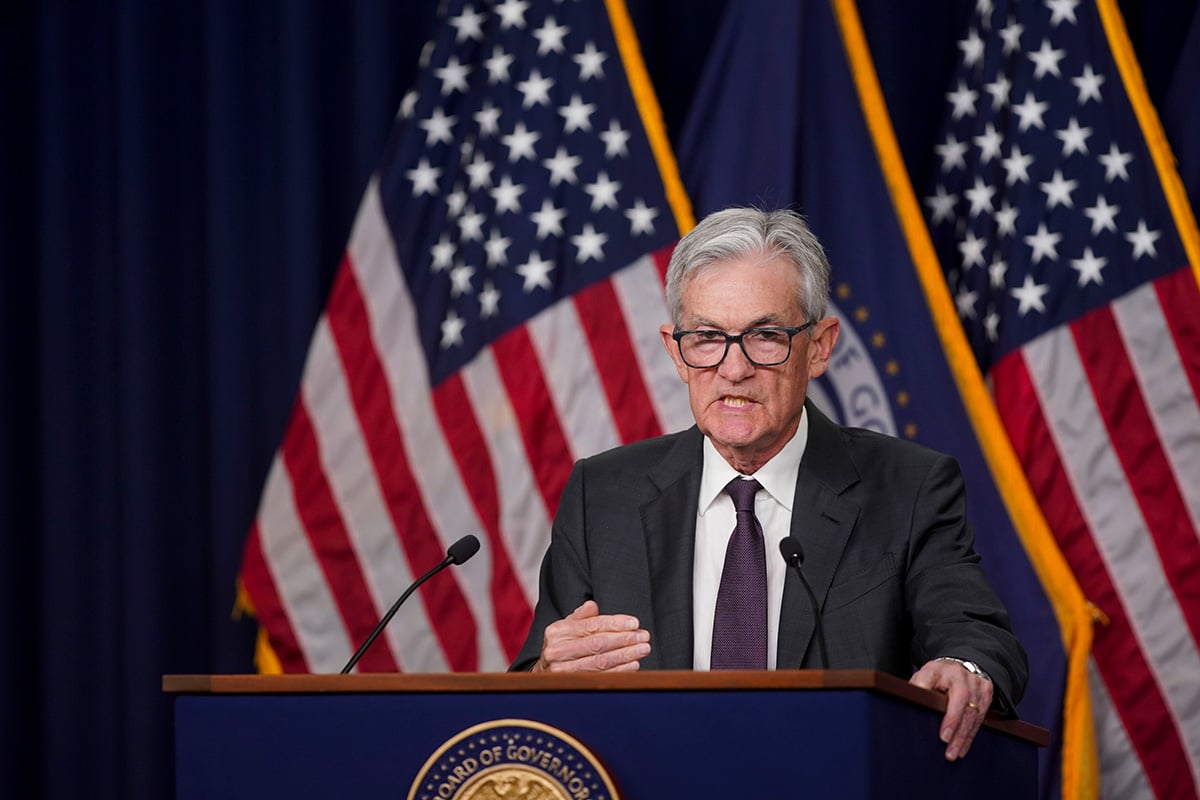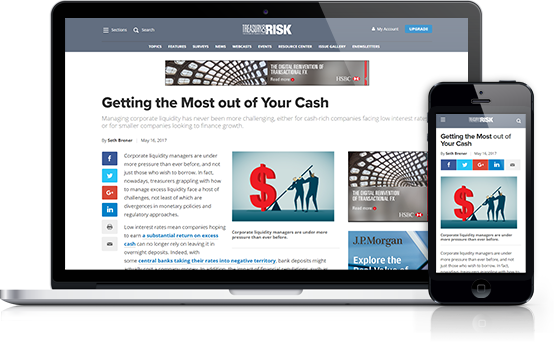Signs that consumer prices are rising even as the U.S. economy slows may delay additional moves by Federal Reserve Chairman Ben S. Bernanke to spur growth.
The Fed chairman, who is scheduled to speak at a Jackson Hole, Wyoming, conference on Aug. 26, used the annual gathering of economists last year to hint at a second round of so-called quantitative easing, in which the Fed purchased $600 billion of Treasuries from November 2010 to June.
Investors, such as Barton Biggs, managing partner and co- founder of Traxis Partners LP, have called for the Fed to embark on a new round of asset purchases. Yesterday's announcement that the consumer price index rose 0.5 percent from June, more than twice the 0.2 percent median forecast of economists surveyed by Bloomberg News, may embolden Fed policy makers who oppose further such measures.
“It's hard to say we have stagflation, but we do have inflation too high for the Fed to do QE3,” said Marc Chandler, global head of currency strategy for Brown Brothers Harriman & Co. in New York.
The economy's need for additional help was underscored by the Philadelphia Fed's general economic index dropping to minus 30.7 this month, the lowest since March 2009, when the economy was in a recession.
Told Congress
Bernanke on July 13 told Congress the Fed is prepared to take additional action, including buying more government bonds, if the economy appeared in danger of stalling or if deflation pressures emerged. The Fed on Aug. 9 cracked the door wider to such action when it offered a much more downbeat assessment of the economy. That same day, the Fed pledged to hold a key interest rate at a record low near zero through mid-2013 to help bolster the recovery.
Rising inflation may intensify debate among policy makers after three regional Fed bank presidents voted against last week's decision, the most dissent in almost 19 years. The dissenters were Philadelphia Fed President Charles Plosser, Dallas Fed chief Richard Fisher and Narayana Kocherlakota of Minneapolis.
Paul Dales, senior U.S. economist at Capital Economics Ltd. in Toronto, said the inflation picture will likely stay the Fed's hand. The core CPI was 0.9 percent on the eve of the Jackson Hole meeting last year and was expected to decline, Dales said. Now, it stands at an annualized 1.8 percent and may continue rising, he added.
“We probably won't get any more significant policy stimulus this year, but early next year once it becomes clear that core inflation begins to fall back, then QE3 could well be on the table again,” he said.
Recession Fears
Fears of a new recession may prove overstated. Chandler said he expects the economy to grow at a faster rate in the current quarter than it did in the previous three months, when it rose at an annual rate of 1.3 percent.
New York Fed President William Dudley said in a speech in Newark, New Jersey, the risk of a renewed recession remains “quite low.” And Biggs told Bloomberg Television: “We're in a stagnant but not collapsing economy.”
Another report showed fewer Americans on average filed claims for unemployment benefits over the past month, indicating the job market is holding up for now.
Reports yesterday also showed the residential real-estate market continues to stagnate and consumers' economic expectations plunged. Additionally, the index of leading indicators climbed, boosted by an increase in money supply that may reflect a flight to safety.
Figures from the Labor Department yesterday showed the average number of workers filing applications for jobless benefits over the past four weeks dropped to 402,500, the lowest since April 16. The weekly readings, which tend to be more volatile, showed claims climbed by 9,000 to 408,000 in the period ended Aug. 13, the highest in a month.
'Not Recession Material'
These data are “not recession material,” said Chris Rupkey, chief financial economist at Bank of Tokyo-Mitsubishi UFJ Ltd., in New York. The plunge in stocks in recent weeks “could start to worry businesses enough for them to lay off workers,” Rupkey said. Nonetheless, claims show “this is not happening yet, but we need to watch closely for the next couple of weeks.”
Consumer prices were pushed higher by rising costs for fuel that have since retreated, and by an increase in food expenses.
Excluding energy and food costs, which are usually more volatile, the so-called core gauge rose over the past year to the greater-than-projected 1.8 percent. It was the biggest 12- month gain in more than a year.
The Fed's informal target range for longer-term core inflation is 1.7 percent to 2 percent as measured by a Commerce Department gauge tied to consumer spending.
Bloomberg News
Complete your profile to continue reading and get FREE access to Treasury & Risk, part of your ALM digital membership.
Your access to unlimited Treasury & Risk content isn’t changing.
Once you are an ALM digital member, you’ll receive:
- Thought leadership on regulatory changes, economic trends, corporate success stories, and tactical solutions for treasurers, CFOs, risk managers, controllers, and other finance professionals
- Informative weekly newsletter featuring news, analysis, real-world case studies, and other critical content
- Educational webcasts, white papers, and ebooks from industry thought leaders
- Critical coverage of the employee benefits and financial advisory markets on our other ALM sites, PropertyCasualty360 and ThinkAdvisor
Already have an account? Sign In Now
*May exclude premium content© 2025 ALM Global, LLC, All Rights Reserved. Request academic re-use from www.copyright.com. All other uses, submit a request to [email protected]. For more information visit Asset & Logo Licensing.





